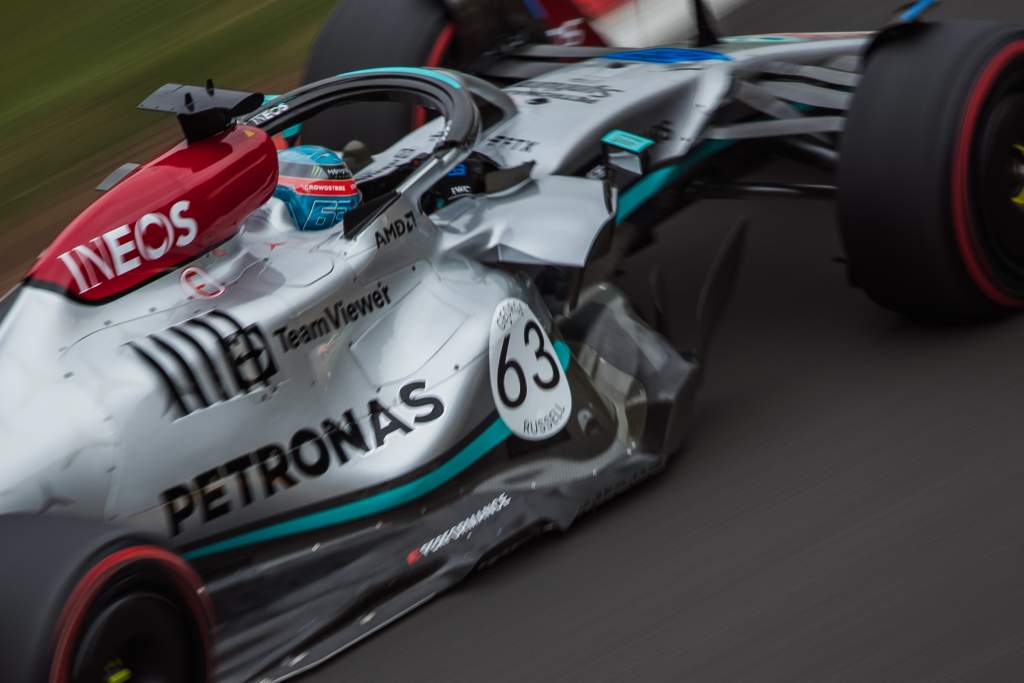Up Next

The ongoing “massive swings of performance” Mercedes is suffering are making it difficult for the Formula 1 team to commit to its car concept for 2023 with confidence given what team principal Toto Wolff describes as “big question marks” about its current struggles.
Mercedes had a difficult time in qualifying at Spa last weekend, with Lewis Hamilton its best-placed driver in seventh. He was 1.8 seconds slower than Max Verstappen’s pole position time, and behind both Alpine drivers.
Those struggles were down to a confluence of factors, including the car carrying too much drag, poor balance and instability in particular in the twisty middle sector, the return of bouncing at the high-speed circuit and difficulties getting the Pirelli tyres in the temperature window for a single lap.
The car’s performance was much improved in the grand prix, with George Russell taking fourth place and even being in a position to threaten the lead Ferrari of Carlos Sainz. But speaking after the race, Wolff admitted that the team does not fully understand the reasons for the swings.
“It is very difficult to cope with these swings,” said Wolff. “We had a totally sub-par performance yesterday being beaten by the Alpines and then in the race we were three seconds a lap faster.
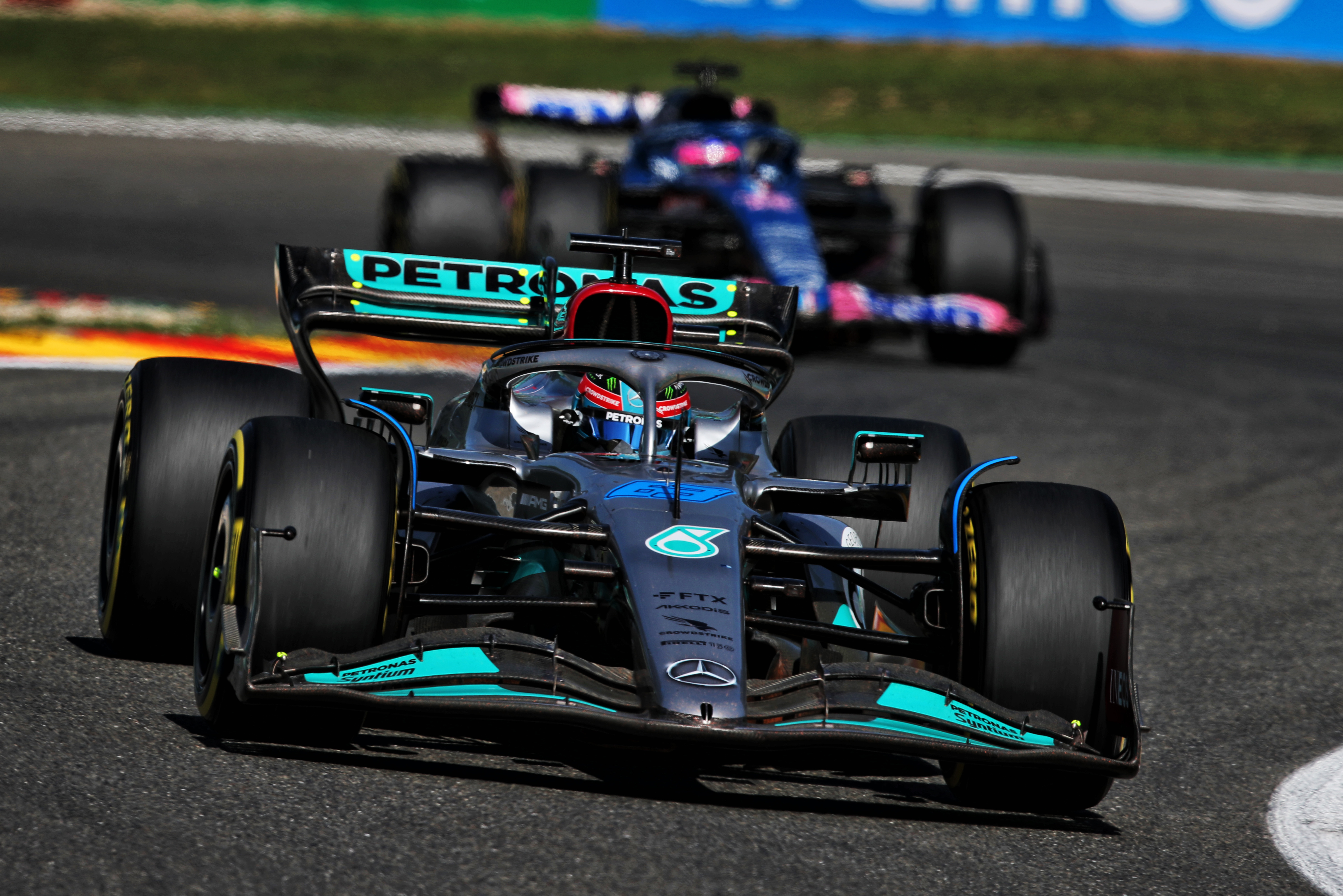
“Big question marks of what is going on. It is not where we should be with the structure and knowledge to understand racing cars, but we don’t [know] with this one.”
Wolff joked that the Mercedes W13 has been such a troubling car that it will be put “in the caves” in the marque’s Stuttgart museum at the end of the year given how difficult the 2022 season has been so far.
But while hopes will be high for the 2023 car being much strong given the depth of research and knowledge-building that Mercedes has gone through with this year’s car, Wolff conceded there are still concerns about whether it has built enough understanding to be sure of the right choices to take with the W14.
“It is a very difficult situation because we have a certain concept of a car and it is not like we can experiment a lot this year and dial stuff out and test, so whatever we decide for next year needs to be carefully evaluated because clearly our data doesn’t correlate with the reality,” said Wolff, when asked by The Race about the gaps in the team’s understanding.
“We have massive swings of performance that we can’t really get on top of.
“In this very moment, to take a decision for next year, whatever it may be, changing the concept dramatically, how can you be sure that is a better direction to go? That is going to be part of the decisions in the upcoming few weeks of what we want to do about it.”
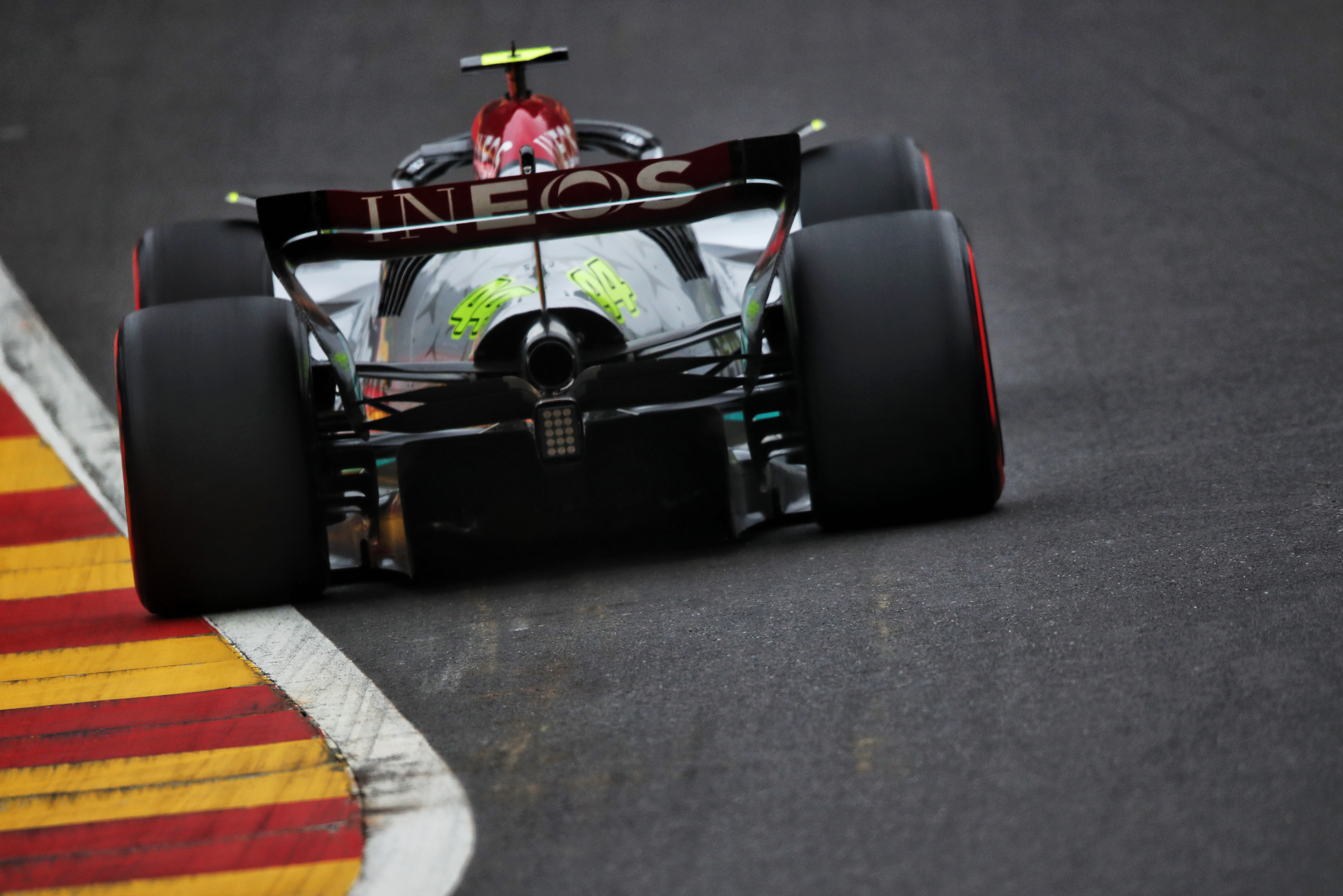
While it can be taken as a given that Mercedes will change its concept in some way, shape or form next year, it’s not yet clear exactly what that will entail.
While attention has been focused on its narrow sidepods give how visually obvious a difference that is to its rivals’ designs, especially given Williams ditched its similar concept mid-season, that is conceived to work with its overall underfloor concept.
The idea that putting more conventional sidepods on the car would transform its car is reductive, with this area of the car described as a “distraction” from the actual source of its troubles, although some rivals believe that the lack of downwash effect will be costing Mercedes performance.
The Race’s technical expert, Gary Anderson, has repeatedly pointed to the Mercedes approach of conceiving a car that has to work in a narrow window close to the ground as a potential problem. In particular, he’s pointed to the section at the rear of the floor where it is very close to the ground that Mercedes has persevered with.
Wolff admitted that Mercedes has yet to commit to its concept, although the definition of a car concept is, by his own admission, vague.
“We haven’t committed to a concept for next year but it is difficult to say what is a concept,” said Wolff.
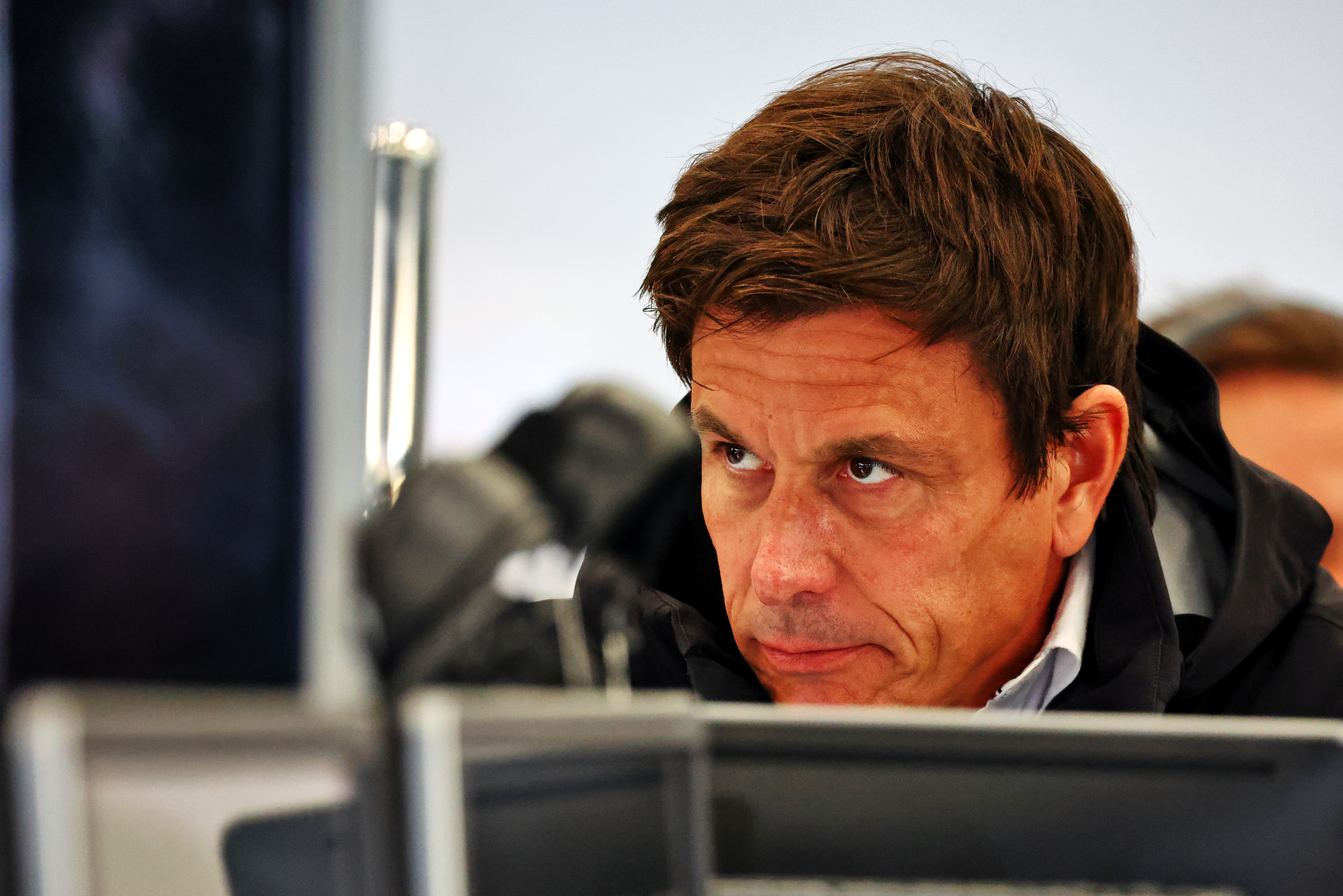
“Is it the chassis, the weight distribution, the mechanical and aero balance, the bodywork concept?
“All these are different pillars of the car which are evaluated and could mean some of that goes and some stays and we are looking at that at the moment.”
The key factor is that Mercedes ensures it understands its problems as thoroughly as possible, particularly after a season where it has regularly been surprised by its stuttering progress.
Wolff said that it is essential Mercedes is able to get to the bottom of the problems it has in correlating performance predicted using simulation tools, including the windtunnel and CFD, and that produced in the real world.
“Today we are getting it wrong and the non-correlation in various areas is causing us to not perform,” said Wolff, when asked by The Race how confident he is that Mercedes has made improvements with its simulation tools and improved its knowledge base about the car.
“Now, maybe there is a single thing that overshadows everything and we are not doing it justice to question every part of the car.
“Are the tyres something that we fundamentally don’t understand and all the rest is good? Or is the aero messing it up? Or the mechanical balance? That is so difficult to dissect.”
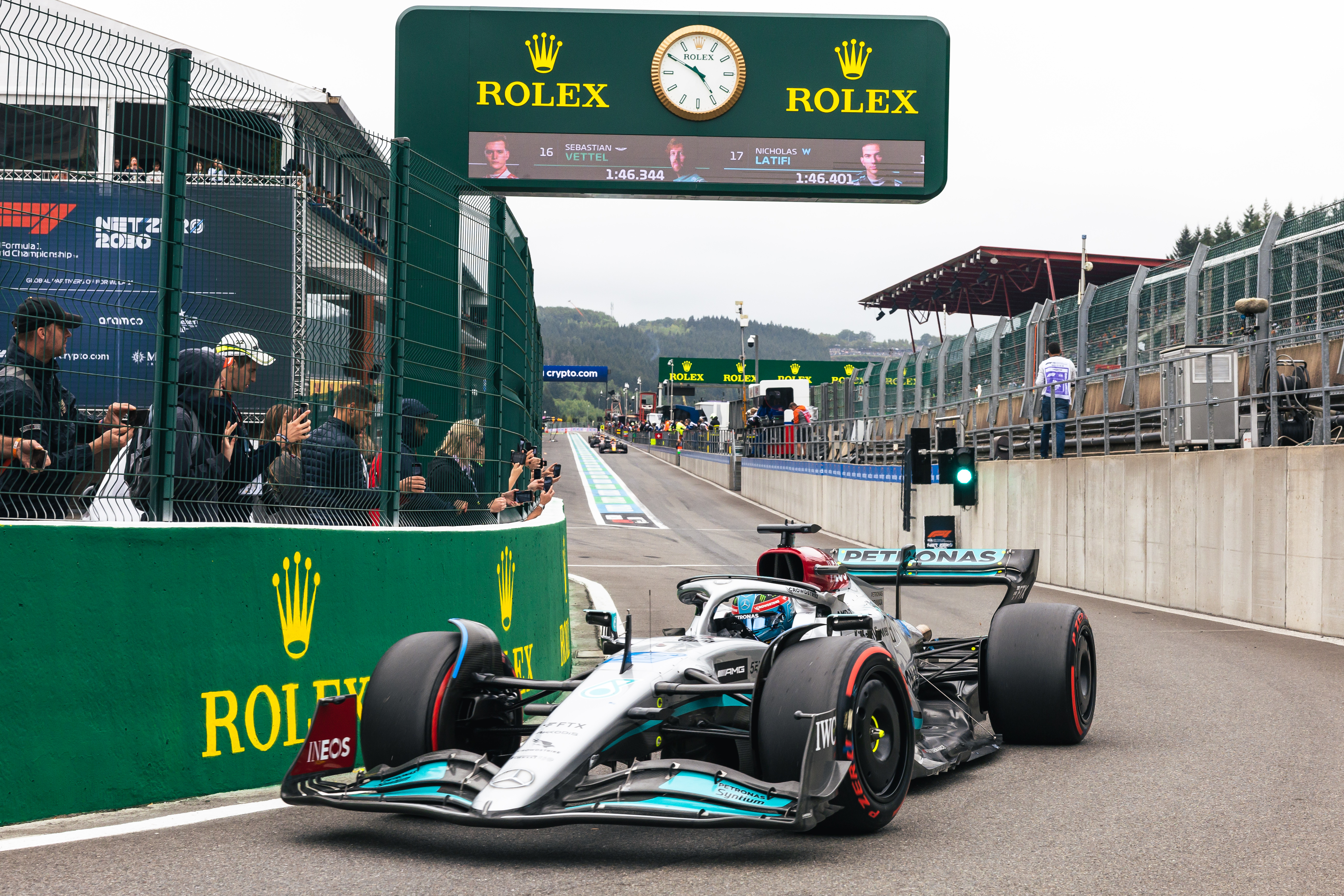
Mercedes still has the ambition of winning races this year, despite time running out. But what is most important is that it is able to ensure the W13 is more predictable, as this will validate its processes and also the decisions it is in the process of making for next year’s car.
The performance of the car will swing according to the characteristics of the circuits it visits, and the race pace at Spa made it clear that part of the problem was the ongoing struggle to get the tyres working for a single qualifying lap. But as the race showed, once the tyres are in the right window the pace is much stronger.
But it’s the work going on at its Brackley headquarters right now, feeding on the knowledge being gained from running the car in the second half of the season, that will be crucial in deciding if Mercedes can get back to business as usual in 2023.


